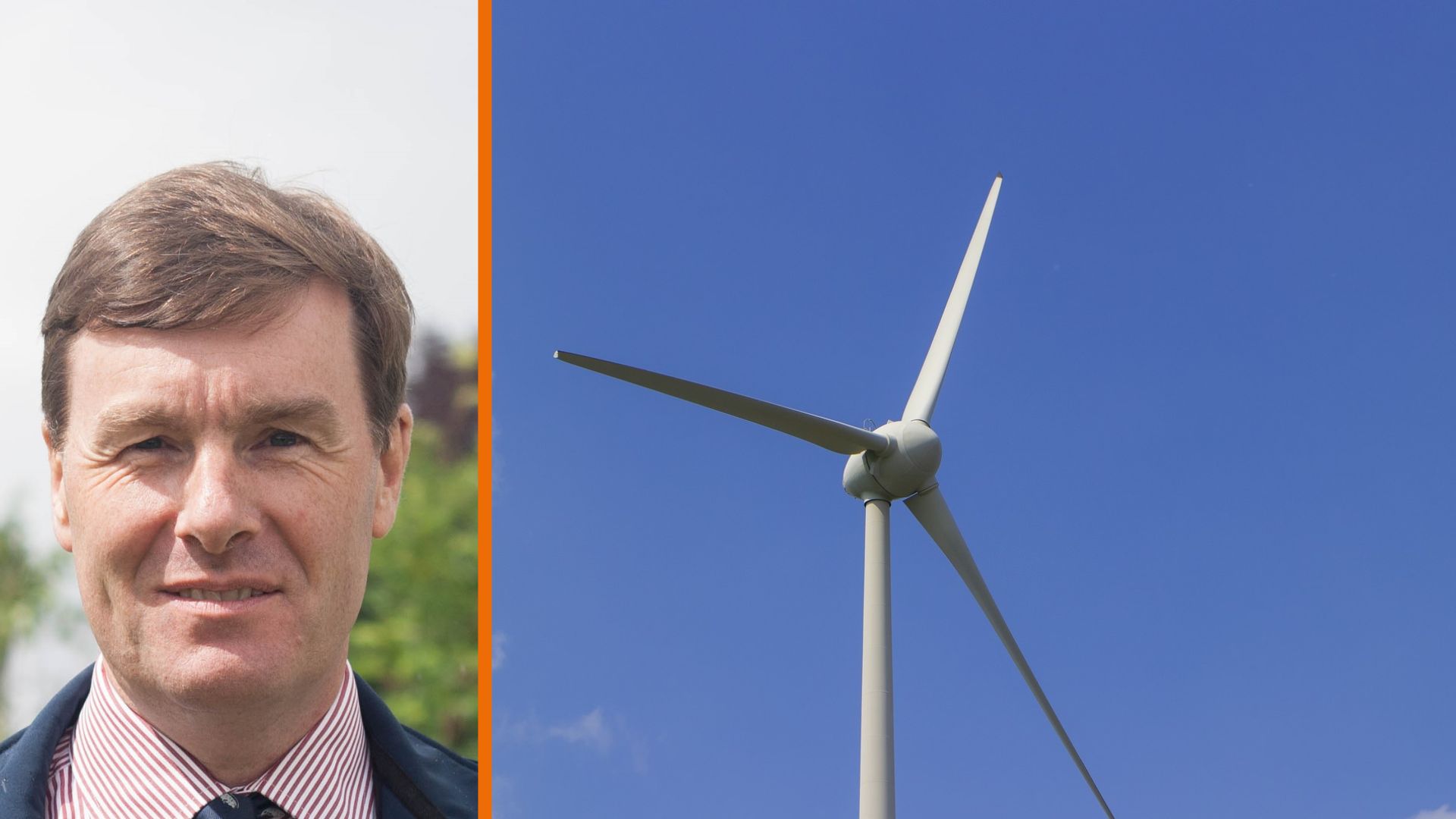Replacing fossil fuel-generated electricity with clean, green power is essential if the UK is to fulfil its commitment to net zero greenhouse gas emissions by 2050 (in Scotland it’s 2045).
While 40% of the UK's electricity last year came from solar, wind, biomass and hydropower, investment in clean energy needs to accelerate in order to address the risks of climate change.
Despite this progress, several factors have prompted some developers to reconsider their commitment to the UK market.
Renewable energy and battery storage site developers warn that delays of up to 13 years to connect to Britain’s energy grid threaten investment and undermine the shift from fossil fuels. Wind turbine manufacturers fear rising costs and supply chain disruption could jeopardise the energy transition.
At the heart of these problems lies the UK’s decades-old infrastructure. Our mid-20thcentury electricity system was designed to carry electrons from generating plants powered by coal, gas and nuclear to concentrated populations, mostly in the south, as well as to remoter parts.
Making connections
Remaking the network for a modern, green economy requires huge investment. For example, connecting some wind farms, normally located to benefit from the maximum wind resource, is likely to be costly, time-consuming and difficult as typically they’re located in areas with little or no infrastructure, lacking capacity to transport electricity to the grid.
On top of that are the planning and regulatory approvals required. Additional complexity dates from the time of industry privatisation, which introduced multiple regions and separate entities for generation, transmission and distribution.
Add to this the challenge of an ongoing, decades-long, green revolution, characterised by constant innovation, where novel technologies must be tested and proven before wider adoption, and decision makers must assess the relative merits of, say, batteries, hydro and hydrogen storage.
It’s of little comfort that countries around the world face similar problems.
The issue is being addressed partly by a system called balancing, whereby grid operators buy the electricity required to match supply to demand in in real time. Yet despite participation by several suppliers, rising demand means achieving equilibrium is becoming harder by the year.
National Grid ESO, the grid company charged with balancing electricity, has produced a five-point plan to address the growing backlog, but it remains a short-term solution.
Wider reform is required to address the burgeoning demand for grid applications from a diverse range of generation and storage projects, all driven by the need to decarbonise.
Rethinking distribution
Perhaps the biggest driver in the energy revolution has been the shift in generating from central UK locations to Scotland, which is windy and less populous than the south and so favoured by wind developers, and its surrounding seas – even windier, with no people.
Intermittency, however, means that at times of very high wind, the grid pays on- and offshore generators to close down turbines to prevent system overload. To replace this wasted carbonfree power and avert blackouts, gas generators nearer to towns and cities are switched on – at considerable expense both financially and in carbon emissions.
Longer-term storage is the most obvious way to retain that energy for use as required, and the market is developing a wide range of competing and complementary solutions, based on battery, pumped hydro, hydrogen and other technologies.
As to the North-South distribution divide, we could buy and install enough cabling from Scotland to the South-East to satisfy electricity demand – but that would be too slow and too costly for our ambitious decarbonisation targets.
A more economical, practical solution would be to generate green energy nearer the population centres where it is consumed – but history shows that local objections would thwart this outcome.
And in England, the Government is accused of doing nothing to reverse its ban on new offshore wind farms.
The North-South problem stems from omitting from price calculations the cost of transporting electricity up and down the country, a problem highlighted in Energy Matters issue 20 (p23). But there are alternatives.
Reform is unavoidable
One way would be to divide the market into areas and allow prices to develop independently in each zone. This ‘locational pricing, used in the US, Canada and New Zealand, would compel suppliers and consumers to consider where electricity is coming from and going to.
This would lower prices in the North where power is generated and raise them in the South where demand is high. Suppliers might even be inclined to brave NIMBYs and build more generation in the South-East, while energy-intensive industries could gravitate North, creating more jobs and wealth.
National Grid ESO believes the plan could deliver radical restructuring within five years, lowering household electricity prices and reducing network operating costs while helping decarbonise the system.
Not everyone agrees, and there are risks associated with such disruptive changes.
However, in order greatly to reduce carbon emissions by generating greener electricity, we need to connect renewable energy generation and storage to the grid, faster and more economically. To achieve this, network reform is essential, and the sooner we start, the better.

